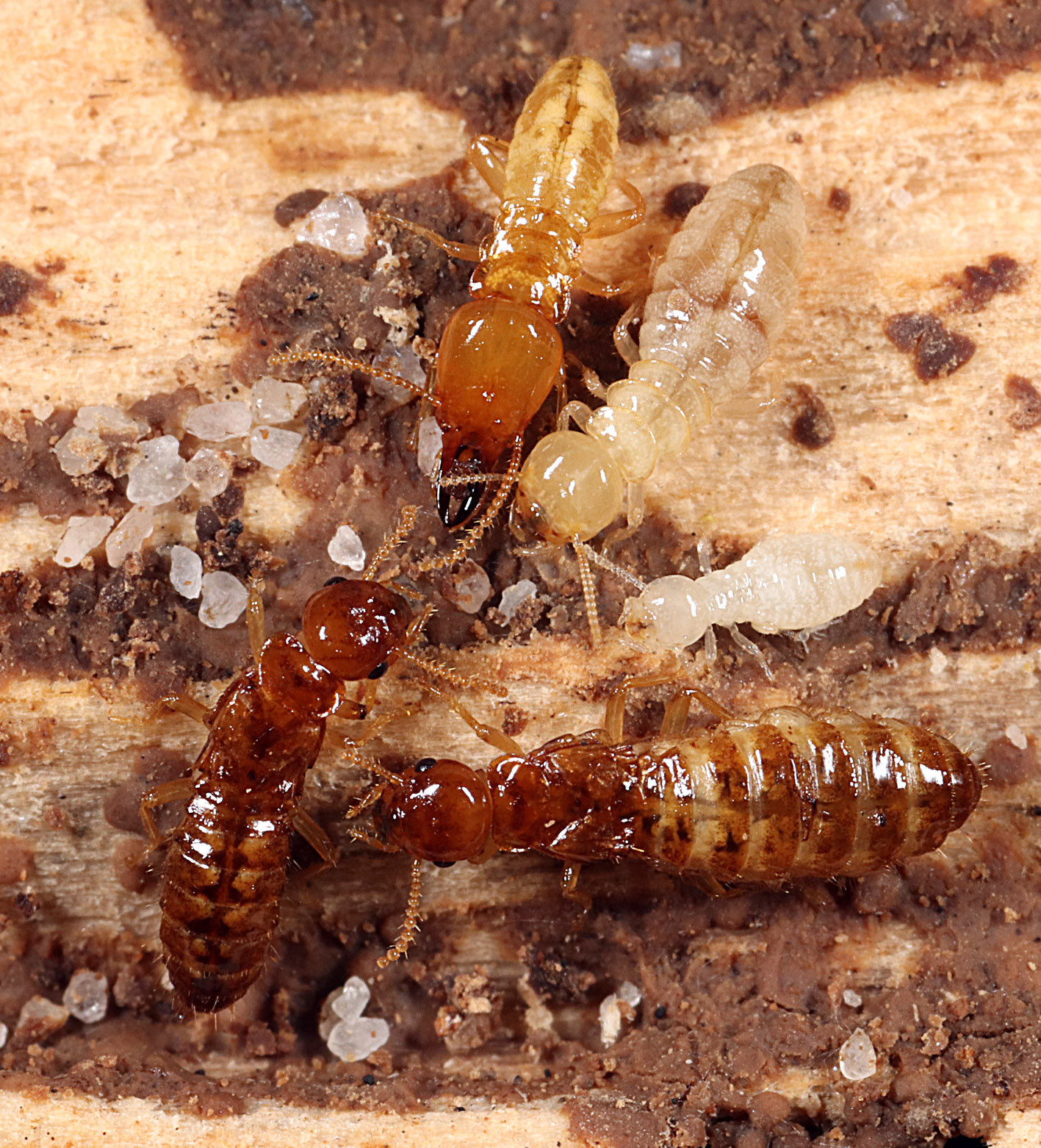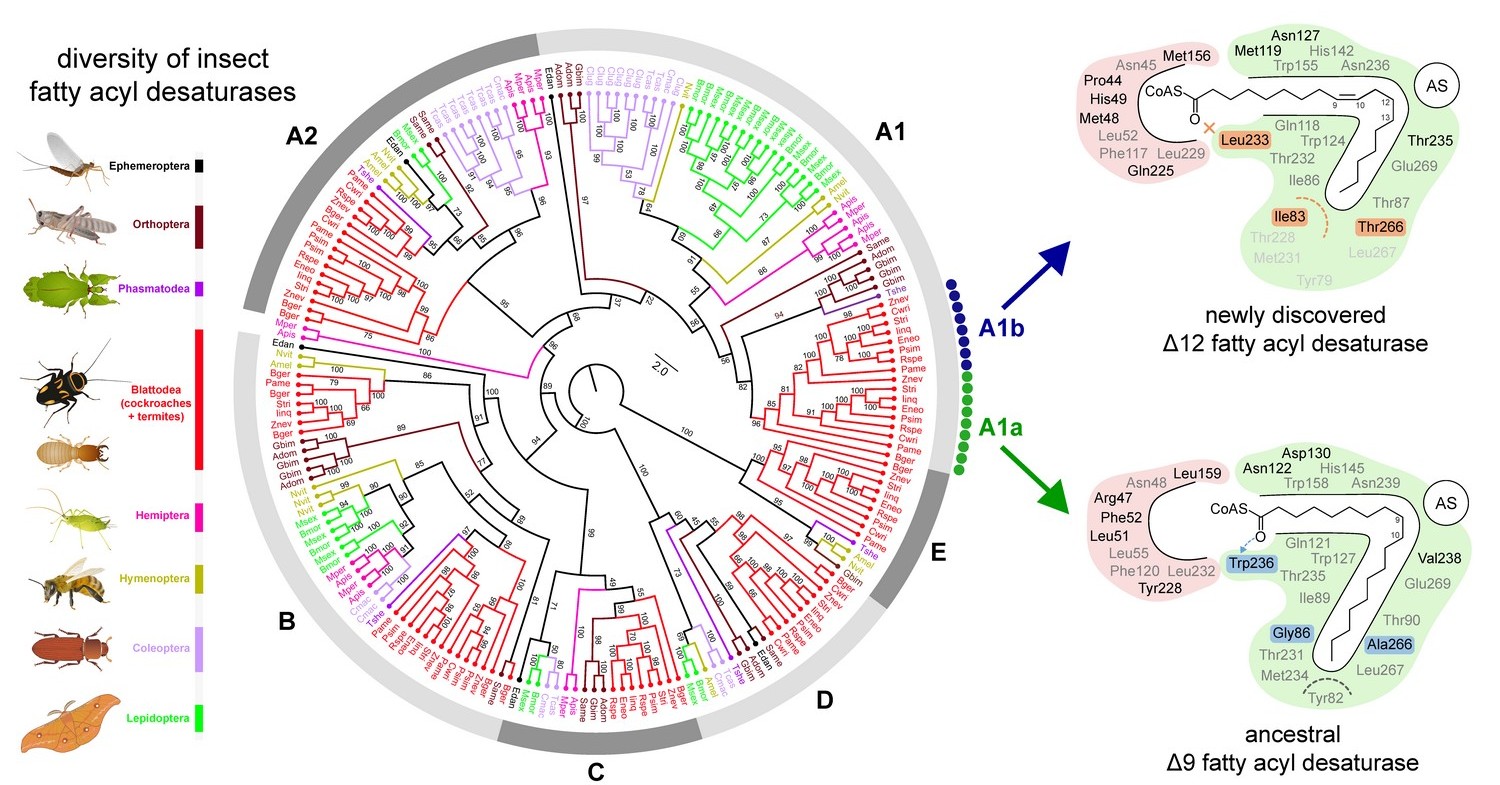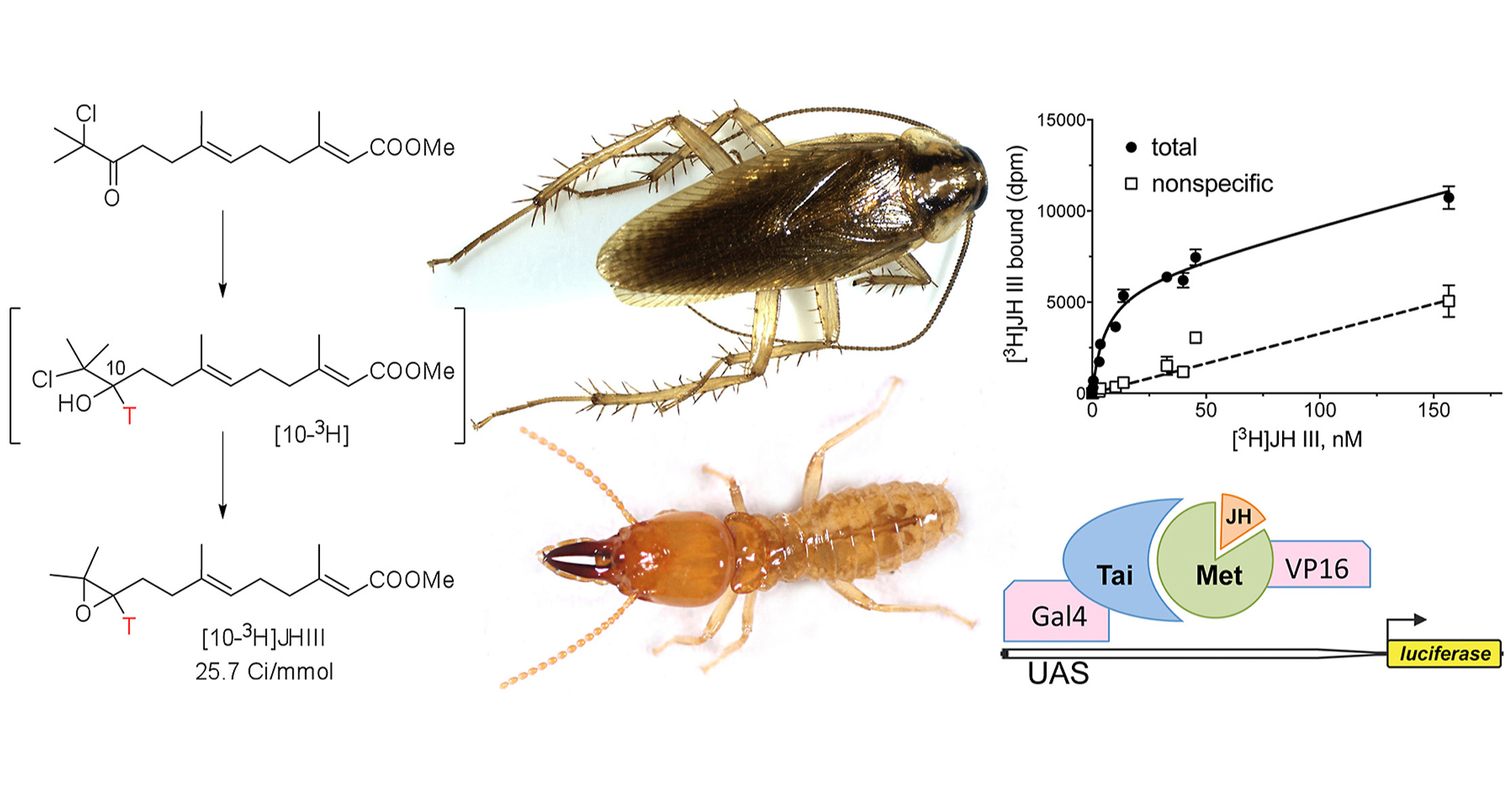
Kings and queens of termites are record holders in longevity among insects; they can live for up to two decades or more. The ribonucleoprotein telomerase is well established for its pro-longevity function in vertebrates thanks to its ability to prolong the telomeric ends of linear chromosomes. However, its participation in insect lifespan regulation is rather understudied.
Researchers led by Robert Hanus from IOCB Prague and Radmila Čapková Frydrychová from the Biology Centre of the CAS studied the telomerase and the lengths of telomeres in several species of termites. They observed a dramatic increase of telomerase activity and abundance in the somatic organs of the long-lived kings and queens, compared to the short-lived sterile colony members. However, this activation of telomerase did not appear to have an impact on the lengths of telomeres. Moreover, telomerase activation takes place in tissues that are essentially post-mitotic.
The authors conclude that although their observations are in line with the broadly assumed association between telomerase and longevity, the direct phenotypic impact of telomerase in long-lived termites remains to be elucidated.
The results of the research are published in Proceedings of the Royal Society B with Marie Pangrácová and Justina Koubová as first authors.
Read the paper:
- Koubová, J.; Pangrácová, M.; Jankásek, M.; Lukšan, O.; Jehlík, T.; Brabcová, J.; Jedlička, P.; Křivánek, J.; Čapková Frydrychová, R.; Hanus, R. Long-lived termite kings and queens activate telomerase in somatic organs. Proceedings of the Royal Society B: Biological Sciences 2021, 288, 20210511. https://doi.org/10.1098/rspb.2021.0511






